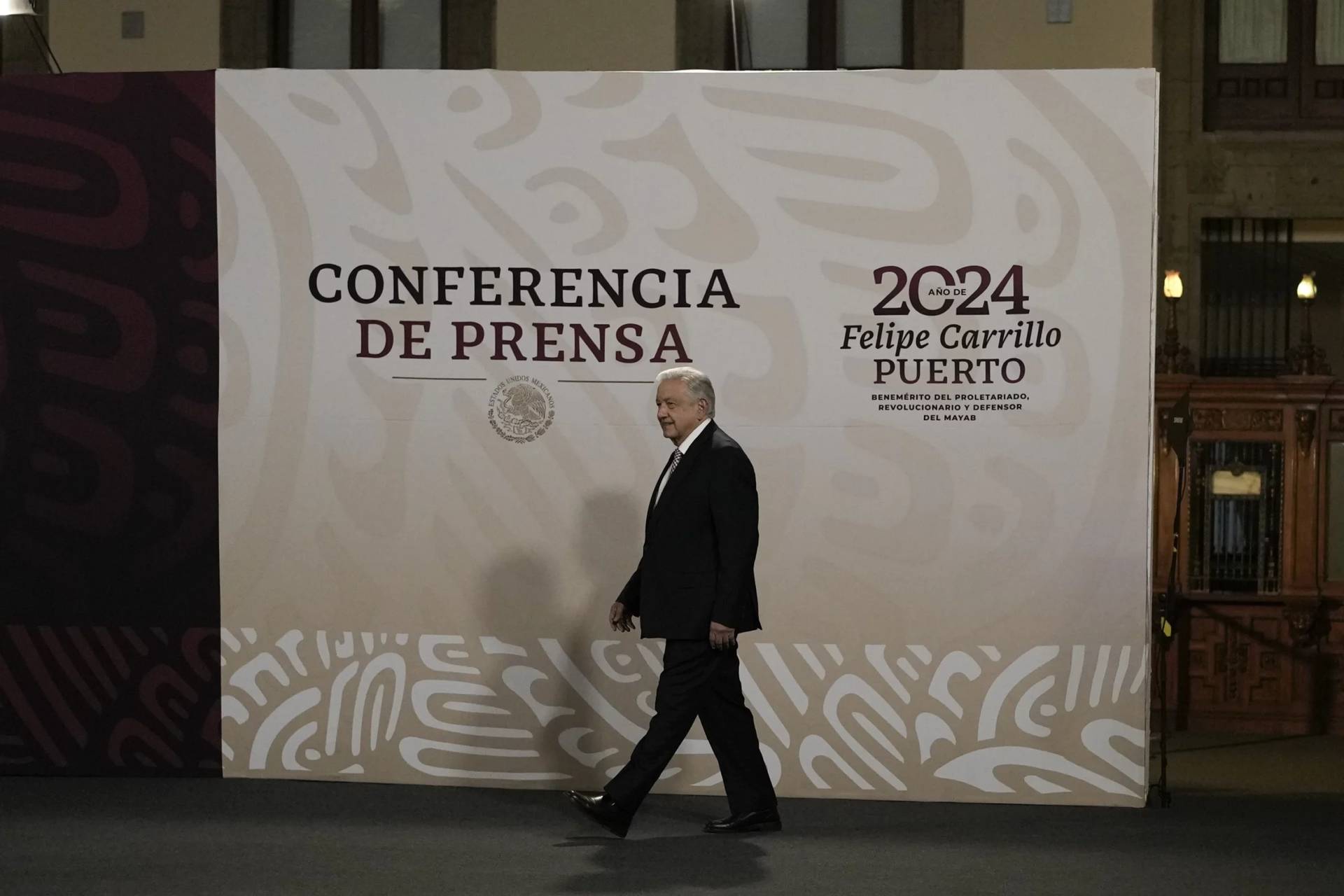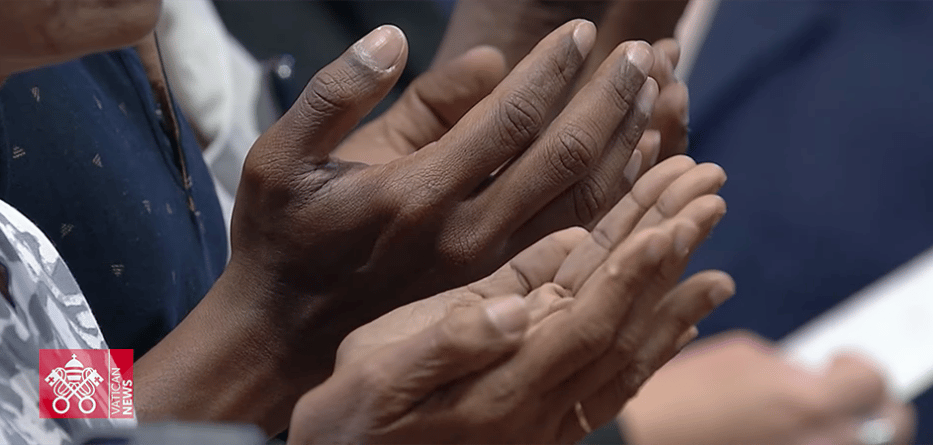Croatia’s capital had the privilege last week to host prefect of the Vatican’s doctrinal congregation, German Cardinal Gerhard Muller, who received a doctorate honoris causa from the Croatian Catholic University – the first such degree granted by the 10-year-old university and the fifth for Muller, including honorary degrees by three Polish Catholic universities and one by the University of Lima in Peru as well.
Even though it’s common for Vatican prelates to earn honorary degrees, the thing that caught someone’s eye in this particular case is why the Catholic academic community in Croatia chose Muller to be the first honored one.
While seeking the link between Cardinal Muller and the Catholic Church in Croatia, a superficial observer could make the mistake of thinking they don’t have a lot in common. A deeper look reveals two things. First of all, there is a historical connection. Muller is the successor of the Croatian Cardinal Franjo Šeper who also served as Prefect of the Congregation for the Doctrine of the Faith from 1968 to 1981, and left a significant impact on the history of the Catholic Church among the Croatian nation, as well as the universal church.
Secondly, Muller doesn’t hesitate to defend the sainthood and heroic virtue of Croatian Cardinal Alojzije Stepinac – a stumbling block in a relationship between the Catholic Church in Croatia and the Serbian Orthodox Church.
Those who have gained insight into the faith and the thinking of Muller were already familiar with his sympathy for Stepinac, who led the Croatian church during the Second World War and has become controversial for his alleged sympathy for fascism, but who’s also recalled by Croatians as a national hero.
Stepinac’s great confidence in God served as inspiration for some lines in Muller’s new book “Report on Hope,” whose Croatian edition saw the light of the day during the cardinal’s visit to Zagreb.
Among other things, Muller writes about Stepinac’s tomb in the Zagreb Cathedral which has to become an important destination of international pilgrimage, especially for pastors who are called to appeal to this martyr for the freedom of conscience. The same rhetorical pattern was heard in Zagreb.
During his homily at Mass in honor of Stepinac, Muller said that his conscience was the sanctuary where the soul and Christ meet as a credible voice of God which allowed him to distinguish good from evil, the true from the false, beautiful from ugly, unity from strife, peace from any clutter.
On the same day in front of the Croatian press, Muller expressed hope that all the lies and smears about Stepinac will be overcome. He pointed out that we must always follow the truth which can bring us to the reconciliation between nations, in this context between Croats and Serbs.
It’s now up to a joint working group between the Catholic Church and the Serbian Orthodox Church to air concerns about the role of Stepinac before, during and after World War II. Muller said the group is an opportunity for the Serbs to embrace the truth about Stepinac by rejecting Communist propaganda that always disseminated hostility, not just to him but to the Church.
Unfortunately, old habits die hard, as far as the Serbs are concerned. A few days ago the Serbian Orthodox Church issued a comuniqué signed by Orthodox Bishop Irenej, one of the working group’s members, in which false claims are attributed to Stepinac about Orthodoxy.
In fact, Stepinac never said that “Byzantine Orthodoxy represents the curse of Europe,” as the comuniqué claims. Stepinac’s original statement, dated from March 1941, reveals that he condemned schism as the curse of Europe, not Byzantine Orthodoxy.
To make thing worse, in the same comuniqué the Serbs praise Nikolaj Velimirović, an Orthodox saint well known for glorifying Adolf Hitler as a genius and a hero, who undertook the most important mission in his country.
The affirmation of Stepinac’s sainthood by the top Vatican prelate is very significant and undoubtedly important for the Croats who feel people mistakenly slander their Cardinal.
On the other hand, the question is why did a Serbian member of the working group choose the strategy of falsifying, which is certainly not a preferred method when seeking the truth about Stepinac. Some analysts claim that the Serbs may abandon the working group because when the group finishes with its meetings in July 2017, Pope Francis will probably set the date of the canonization.
That epilogue would, hopefully, clarify the historical truths and initiate the deconstruction of myths generated for the purposes of the Yugoslavian ideology.
















